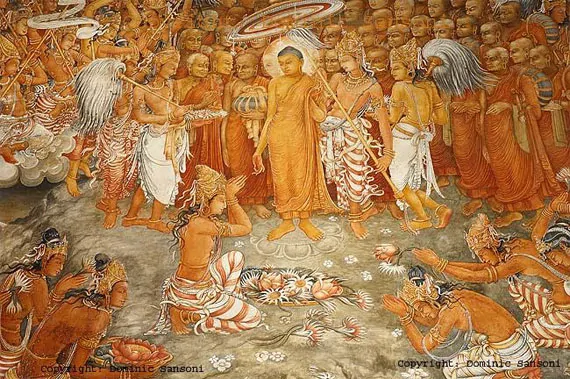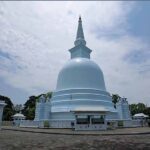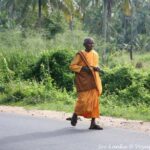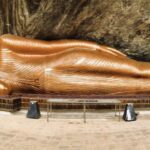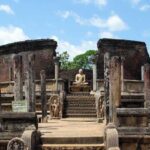Prof. Raj Somadeva’s Radical Reinterpretation of a Sacred Site
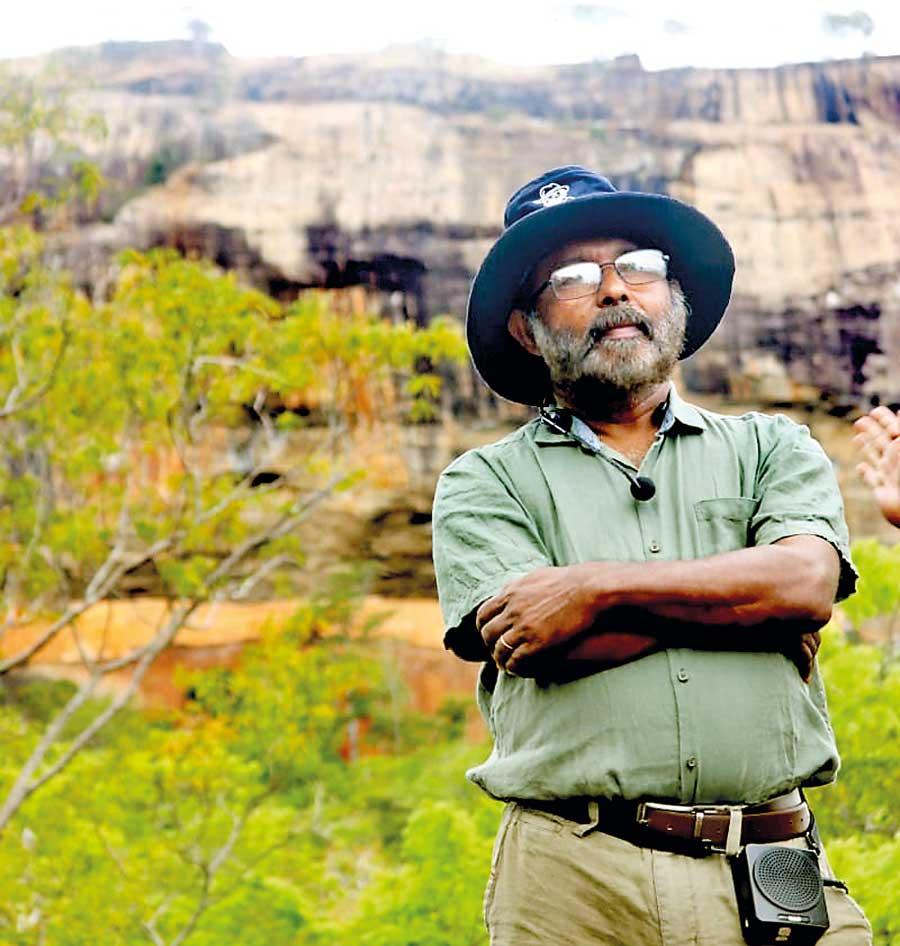
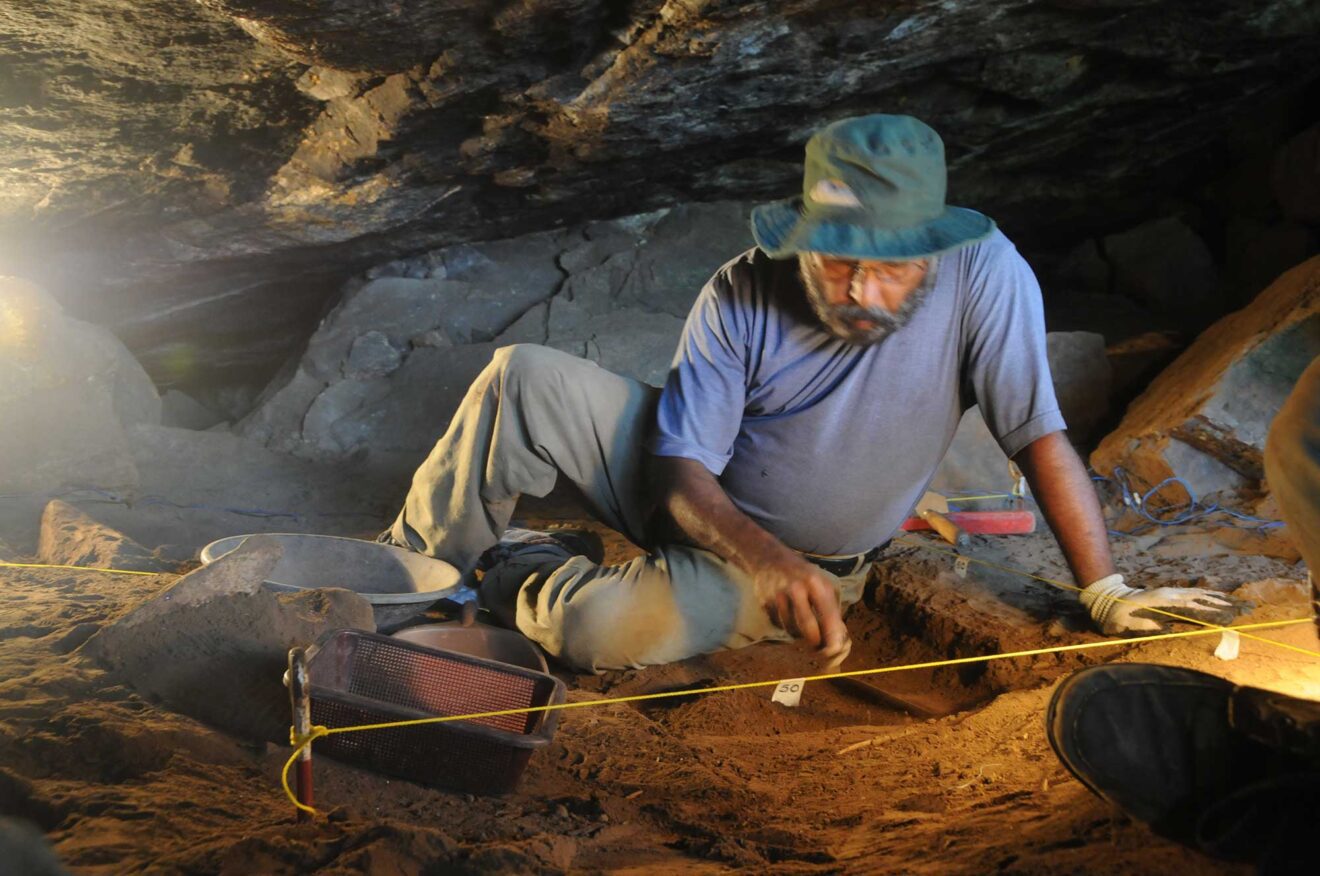
Disclaimer: Image sourced via Google Images. All rights belong to the respective copyright holders. If you are the owner of this image and would like it removed or properly credited, please contact us.
For centuries, pilgrims have flocked to Kelaniya near Colombo, drawn by its storied temple, riverside stupa, and connection to the Buddha’s legendary visit. But what if the real Kelaniya—the ancient Kalyani of the Pali chronicles—was not here at all?
In a groundbreaking theory presented in Unlimited History – Episode 15, renowned archaeologist Prof. Raj Somadeva challenges mainstream assumptions. According to his research, the true site of ancient Kelaniya (Kalyani) may lie in the deep south of Sri Lanka—within the region of Ruhuna, not near modern-day Colombo.
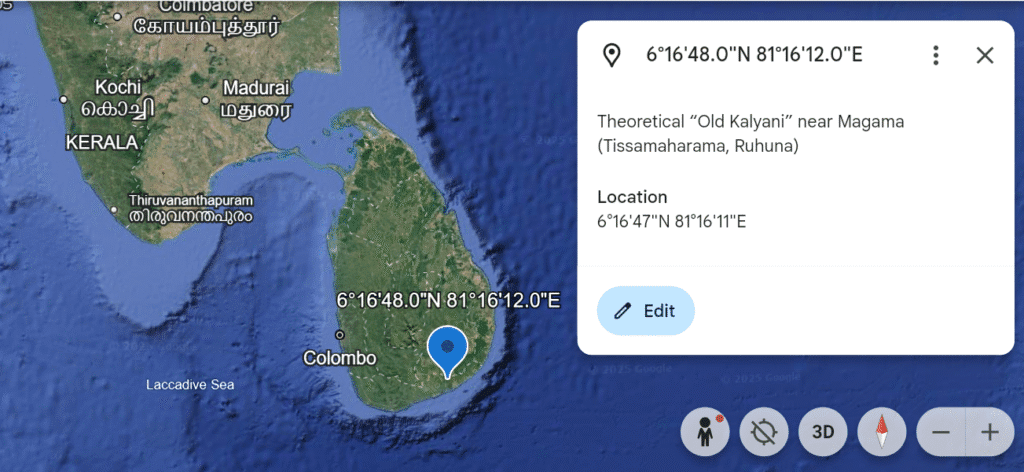
Rethinking the Route: A Geographic Puzzle
Ancient chronicles describe a sacred journey involving Nagadipa, Kalyani, and Mahiyangana. While modern interpretations place Nagadipa in the far north (Jaffna), a growing body of local evidence—including research aligned with Prof. Raj Somadeva’s thinking—suggests that Nagadipa may have been located near Mahiyangana in the east-central highlands.
In this model, the route from Nagadipa to Kalyani (Ruhuna) to Mahiyangana forms a logical pilgrimage arc within southern Sri Lanka, matching river systems, rock shelter findings, and flood history.
The Viharamahadevi Tsunami Story: History in Disguise?
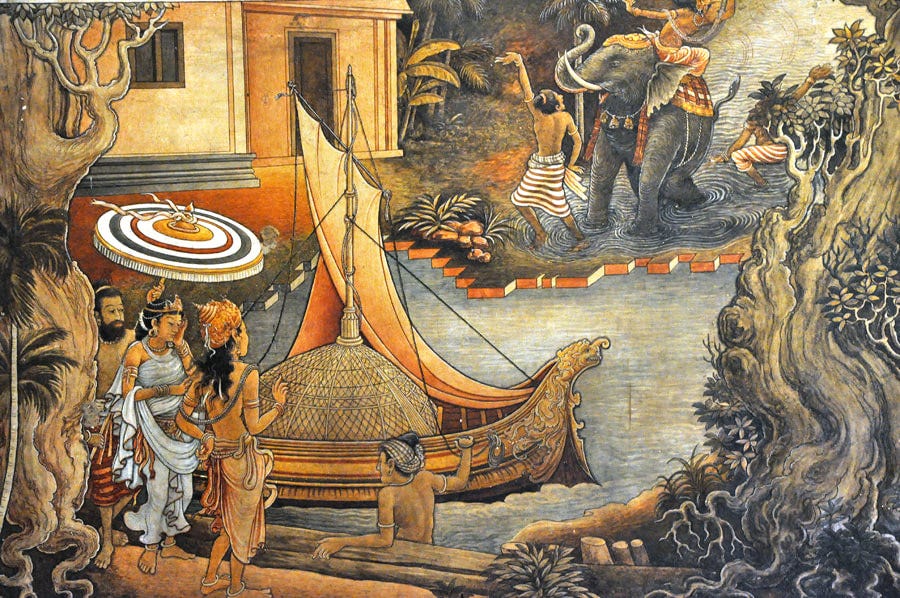
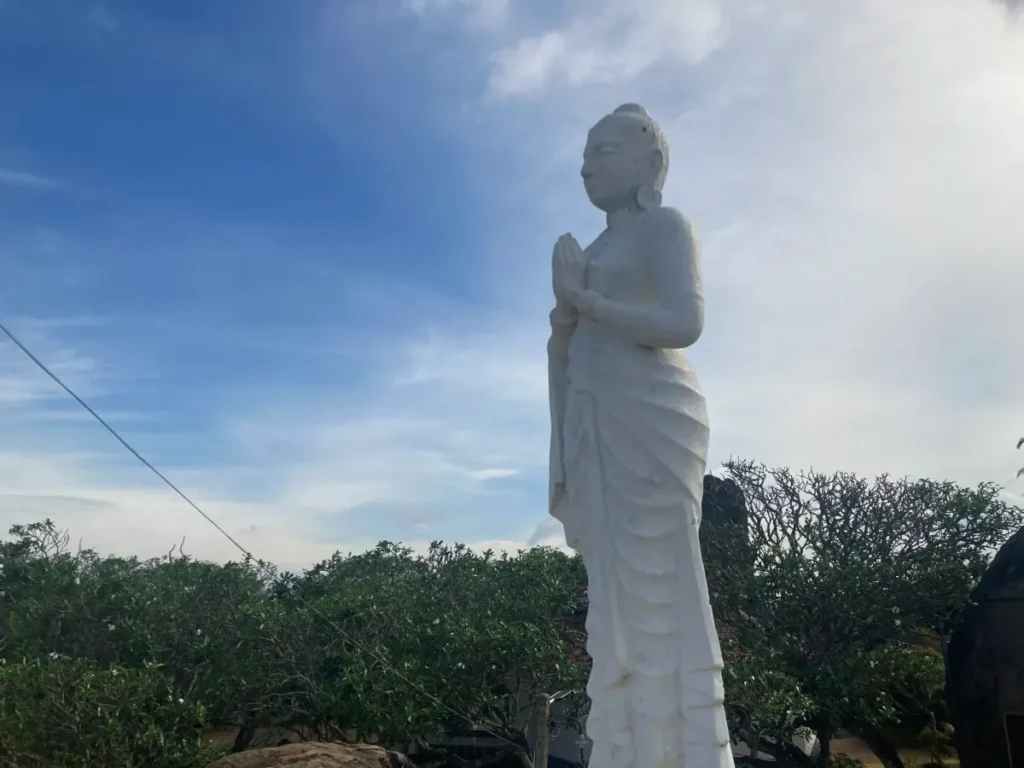
Disclaimer: Image sourced via Google Images. All rights belong to the respective copyright holders. If you are the owner of this image and would like it removed or properly credited, please contact us.
One of Sri Lanka’s most well-known legends tells of Princess Viharamahadevi, daughter of King Kelani Tissa, who sacrificed herself to the ocean after her father committed a grave injustice. Her ship drifted to Ruhuna, where she was rescued by King Kavantissa and later gave birth to Dutugemunu.
Prof. Somadeva connects this story to a real geological event—possibly a tsunami or severe sea flood that struck the southern coast. Supporting this idea:
- Sedimentary layers in Ruhuna contain marine deposits, indicating ancient sea incursions.
- The region’s low-lying coastlines, especially near Kirinda and Menik Ganga, show signs of having been dramatically reshaped by water.
- The timing of this flood aligns with the chronological window for Kelani Tissa’s reign and the rise of Ruhuna’s royal line.
The implication? Old Kalyani might have been submerged or abandoned, and the flood story isn’t mere myth—it’s cultural memory of disaster and migration.
Caves, Rock Shelters, and Forgotten Foundations
Rather than finding grand temple ruins, archaeologists have uncovered early Brahmi inscriptions carved into rock shelters and cave walls across Ruhuna. These markings:
- Date to the 3rd–1st century BCE,
- Reflect the early monastic presence before urban Buddhist centers rose in Anuradhapura,
- Indicate a thriving religious community in the southern landscape.
Prof. Somadeva emphasizes that this rock-based monastic life likely represents the original Kalyani context—far from Colombo’s brick structures and modern reconstructions.
Old Kalyani: Lost in Floods, Preserved in Stone?
So what really happened to Kalyani?
“The Kalyani described in the early chronicles was likely situated in the southern lowlands of Ruhuna. Flooding or ocean surges may have destroyed or displaced the settlement, leading to its memory being reattached to the Kelaniya we know today.”
— Prof. Raj Somadeva (Unlimited History Episode 15)
This perspective doesn’t erase the cultural power of present-day Kelaniya—but it asks us to look deeper, beyond temples, to caves, riverbeds, and the forgotten landscapes of early Lanka.
Why This Matters for the BuddhaOfLanka Project
- It opens the door for new archaeological inquiry in the south.
- It supports a Sri Lankan-centered Buddhist origin theory, aligning with other overlooked sites.
- It urges pilgrims and scholars alike to reconsider sacred geography through the lens of science, geology, and ancient memory.
🛍️ Next Steps: Seeking the Real Kalyani
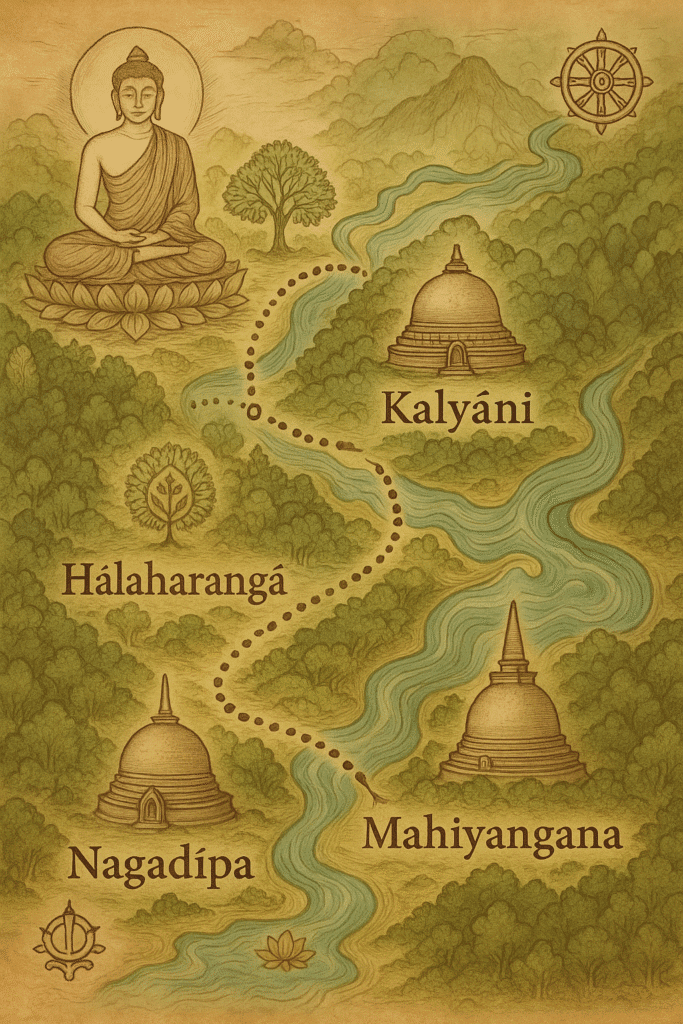
Our team will continue researching southern pilgrimage routes, floodplain stratigraphy, and rock inscription clusters in Ruhuna. With Prof. Somadeva’s insight, we step closer to unveiling Sri Lanka’s deeper Buddhist roots—hidden not in grand monuments, but in stone whispers across the southern jungles.
Stay with us as we follow this path.
